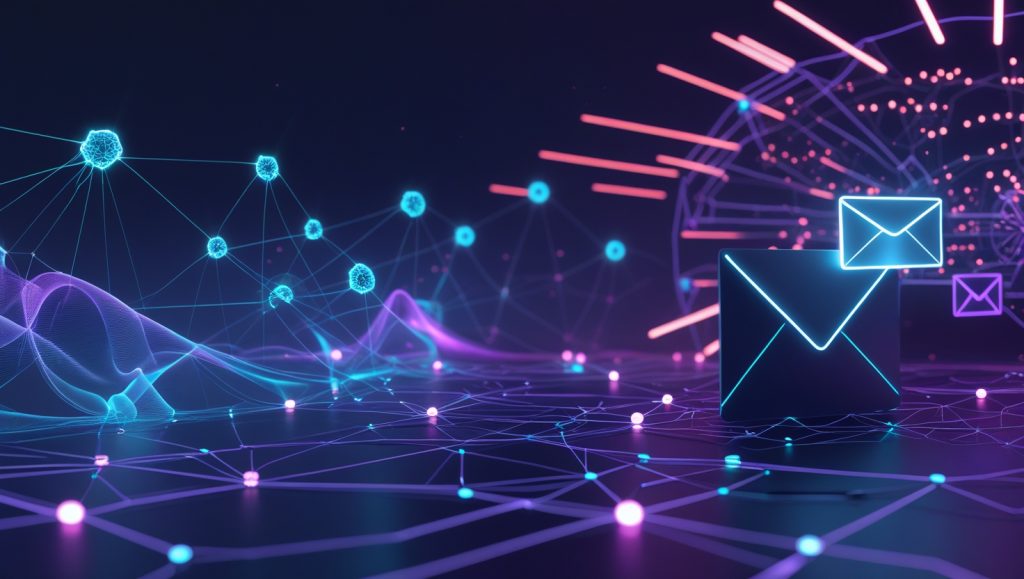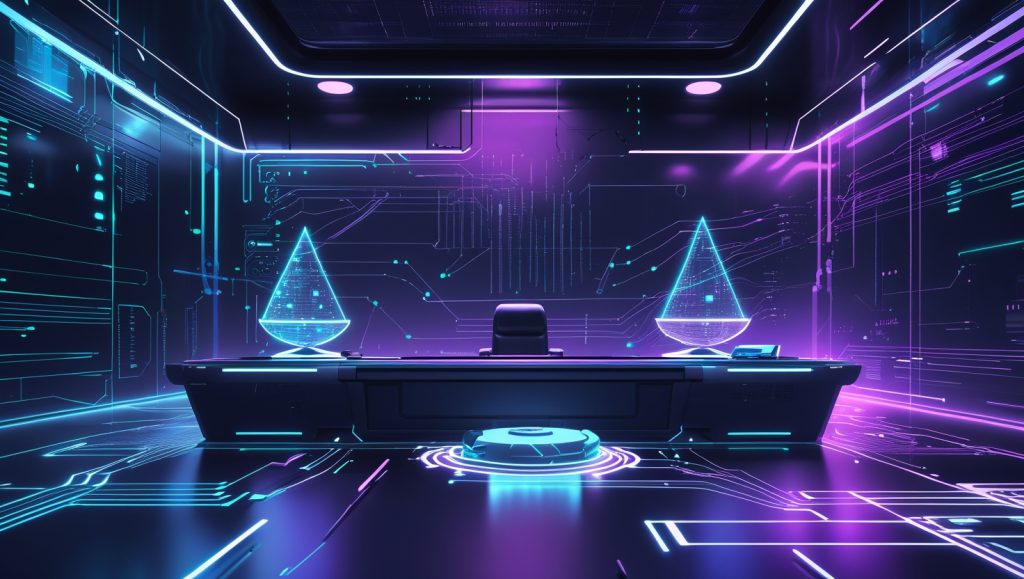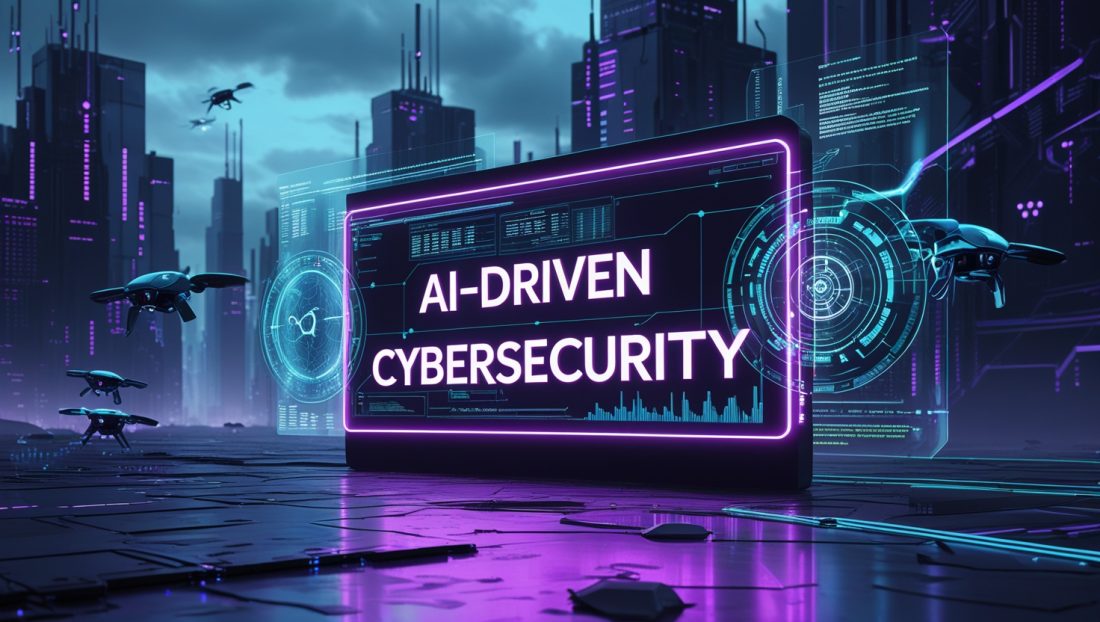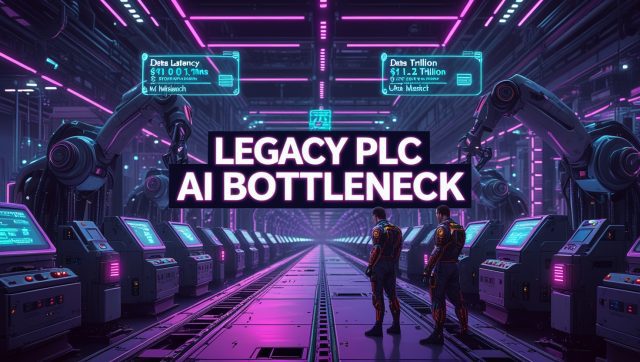AI-Driven Cybersecurity: The New Frontier in Proactive Threat Detection
AI-driven cybersecurity threat detection
The digital world is under relentless assault. Cyberattacks surged by 42% in 2024, with ransomware alone inflicting $35 billion in damages globally. Traditional cybersecurity, built on static rules and human-dependent analysis, is collapsing under the weight of AI-powered threats. Enter AI-driven cybersecurity threat detection—a fusion of machine learning, behavioral analytics, and autonomous response systems that predicts, neutralizes, and evolves faster than attackers. For a deeper look at how robotics and AI intersect in cutting-edge fields, check out Why Robotics in 3D Printing Unlocks Potential, which parallels how adaptive tech is reshaping industries.
But why does this matter? Because today’s threats aren’t just about stolen data; they’re existential. A single breach can bankrupt mid-sized companies, derail regulatory compliance, and obliterate customer trust. In this comprehensive guide, we dissect how AI-driven cybersecurity threat detection is redefining defense, answer critical “why” questions, and provide actionable strategies to secure your future.
Why Legacy Systems Are Failing Against Modern Cyberattacks
Legacy cybersecurity operates like a medieval castle: thick walls, a moat, and guards watching for known invaders. But modern attackers don’t siege gates—they tunnel underground, parachute in, or trick guards into opening doors. The 2024 MGM Resorts breach exemplifies this: hackers used a 10-minute LinkedIn stalk to impersonate an employee, bypassing $120M+ security infrastructure.
AI-driven cybersecurity threat detection replaces castles with smart, self-learning fortresses. Instead of relying on predefined rules, systems like CrowdStrike’s Falcon platform analyze 4 trillion security events weekly to detect anomalies invisible to humans. Forrester reports that organizations using AI-driven cybersecurity threat detection reduced breach impact by 55% in 2024. For more on autonomous systems pushing boundaries, see Why Autonomous Mobile Robots (AMRs) Are Dominating, which highlights parallels in adaptive technology.
How AI-Driven Cybersecurity Works: A Technical Breakdown

Machine Learning and Behavioral Analytics: The Core of AI-Powered Threat Hunting
Traditional tools flag threats based on known signatures (e.g., malware hashes). AI-driven cybersecurity threat detection, however, baselines “normal” behavior for every user, device, and network. For example, Microsoft’s Azure Sentinel uses unsupervised learning to detect deviations like a CEO’s account accessing servers at 3 AM from a foreign IP. During the 2024 Okta breach, similar anomalies helped isolate compromised accounts within 8 minutes—a 92% faster response than manual methods. This aligns with breakthroughs in Soft Robotics Artificial Muscles, where adaptability drives innovation. For a deeper dive into how machine learning enhances threat detection, see this comprehensive review on AI-driven cybersecurity techniques from the Journal of Big Data.
Natural Language Processing (NLP) for Phishing Defense: Outsmarting Sophisticated Scams
Phishing emails have grown sophisticated, mimicking corporate tone and logos. AI-driven cybersecurity threat detection tools like Tessian scan communication patterns, flagging subtle red flags: urgency (“Wire funds NOW”), mismatched sender domains, or hidden payloads. In 2024, a European bank averted a $30M CEO fraud attempt when NLP detected a slight tense shift in a forged email (“Kindly transfer the fund” vs. “Please transfer the funds”). For more on AI’s linguistic prowess, explore Why Loona Is Redefining Human-Robot Bonding.
Autonomous Response and Threat Hunting: Stopping Attacks in Real Time
When the 2024 MoveIt Transfer zero-day exploit evolved, AI-driven cybersecurity threat detection platforms like SentinelOne’s Singularity autonomously quarantined 15,000+ endpoints globally, limiting data loss to <0.8% of affected systems. These tools correlate data across clouds, APIs, and IoT devices, identifying multi-stage attacks. For instance, an AI might link a suspicious login from Ukraine to abnormal database queries 48 hours later—a connection humans often miss. This mirrors advancements in Why Robot Subscription Services Are the Next Big Revenue Stream, showcasing scalable tech solutions.
Real-World Case Studies: AI in Action
Case Study 1: Thwarting a Nation-State Attack on Critical Infrastructure
In 2024, a North American energy grid operator faced a coordinated attack targeting SCADA systems. Legacy tools missed the malicious code embedded in firmware updates. The company’s AI-driven cybersecurity threat detection system, however, detected a 0.015% spike in network latency—a sign of data exfiltration. It autonomously isolated 16 substations, preventing a blackout for 2.5 million customers. Read our detailed analysis Case Study: Energy Grid Defense. For similar resilience in extreme environments, see Why Untethered Deep-Sea Robots Revolutionize Ocean.
Case Study 2: Neutralizing Ransomware in Healthcare
When a ransomware gang encrypted a European hospital’s patient records in 2024, AI-driven cybersecurity threat detection endpoint protection rolled back files to pre-attack states using incremental backups. The system also identified the attack vector: a compromised MRI machine connected to an unsecured IoT network. Learn more about AI’s role in critical sectors in Why AI Solved a Superbug Crisis in Two Days.
Why Ethical AI Matters in Cybersecurity
AI-driven cybersecurity threat detection tools aren’t immune to bias. In 2024, a facial recognition system used by law enforcement falsely flagged 1,200+ individuals due to training data skewed toward specific demographics. Similarly, cybersecurity AI trained predominantly on Western network traffic might miss tactics prevalent in APAC or MENA regions. This echoes concerns in Why Explainable AI (XAI) Is the Future of Trustworthy Tech.
Solutions:
- Explainable AI (XAI): Tools like IBM’s Watson OpenScale provide transparency into why an AI flagged an event, reducing blind spots.
- Diverse Training Data: Incorporating global attack patterns ensures balanced AI-driven cybersecurity threat detection. The NIST AI Risk Management Framework offers guidelines for ethical deployment, much like Why AI Ethics Could Save or Sink Us.
Why Organizations Hesitate to Adopt AI-Driven Cybersecurity

Despite proven benefits, 45% of enterprises resist AI-driven cybersecurity threat detection adoption due to:
- Cost Concerns: Implementing AI systems can require $600k+ in initial setup as of 2025.
- Skill Gaps: Only 15% of IT teams have AI expertise.
- Regulatory Uncertainty: GDPR and CCPA updates in 2025 still lack clear rules for AI accountability.
Counterarguments:
- ROI Justification: AI-driven cybersecurity threat detection reduces breach costs by $2M on average (IBM, 2025).
- Managed Services: Partners like [YourCompany] offer AI-as-a-Service, eliminating in-house skill gaps, akin to Why China’s 2025 Robot Rentals Spark a Labor Revolution.
- Compliance Integration: Tools like OneTrust map AI decisions to regulatory requirements.
The Future of AI-Driven Cybersecurity: 2026 and Beyond
- Quantum Machine Learning: Google’s TensorFlow Quantum is advancing AI-driven cybersecurity threat detection to crack encryption hashes 120x faster by 2026, enabling real-time decryption of attacker communications.
- Decentralized Threat Intelligence: Blockchain-based networks, like PolySwarm, allow anonymized data sharing between companies to crowdsource AI-driven cybersecurity threat detection.
- AI-Powered Red Teaming: Ethical hackers use generative AI like PentestGPT to simulate hyper-realistic attacks, stress-testing defenses, much like Why Teaching Robots to Build Simulations of Themselves Is the Next Frontier.
Why Your Business Can’t Afford to Wait
The 2024 Colonial Pipeline attack proved that no industry is immune. AI-driven cybersecurity threat detection isn’t a luxury—it’s a survival tool. Companies that adopt machine learning cybersecurity now will dominate their markets by 2026; those that delay risk obsolescence. For more on tech’s transformative power, see Why Robotics Is the Secret Weapon in the Fight Against Climate Change.
Take Action Today:
- Audit Your Vulnerabilities: Use our free AI Risk Assessment Tool.
- Pilot AI Solutions: Explore AI Starter Packages tailored to SMEs.
- Upskill Teams: Enroll in our Certified AI Cyber Defense Program.
Final Word: The Inevitable Shift to AI-Driven Defense
The mid-2020s will be remembered as the era humanity outsourced cyber warfare to machines. AI-driven cybersecurity threat detection isn’t about replacing analysts—it’s about augmenting human ingenuity with autonomous cyber defense. As Sun Tzu wrote, “Supreme excellence lies in breaking the enemy’s resistance without fighting.” With AI-driven cybersecurity threat detection, we can finally stay ahead of the curve. For a broader perspective on AI’s evolution, explore Why Microsoft’s Magma AI Is Redefining the Future of Robotics.

